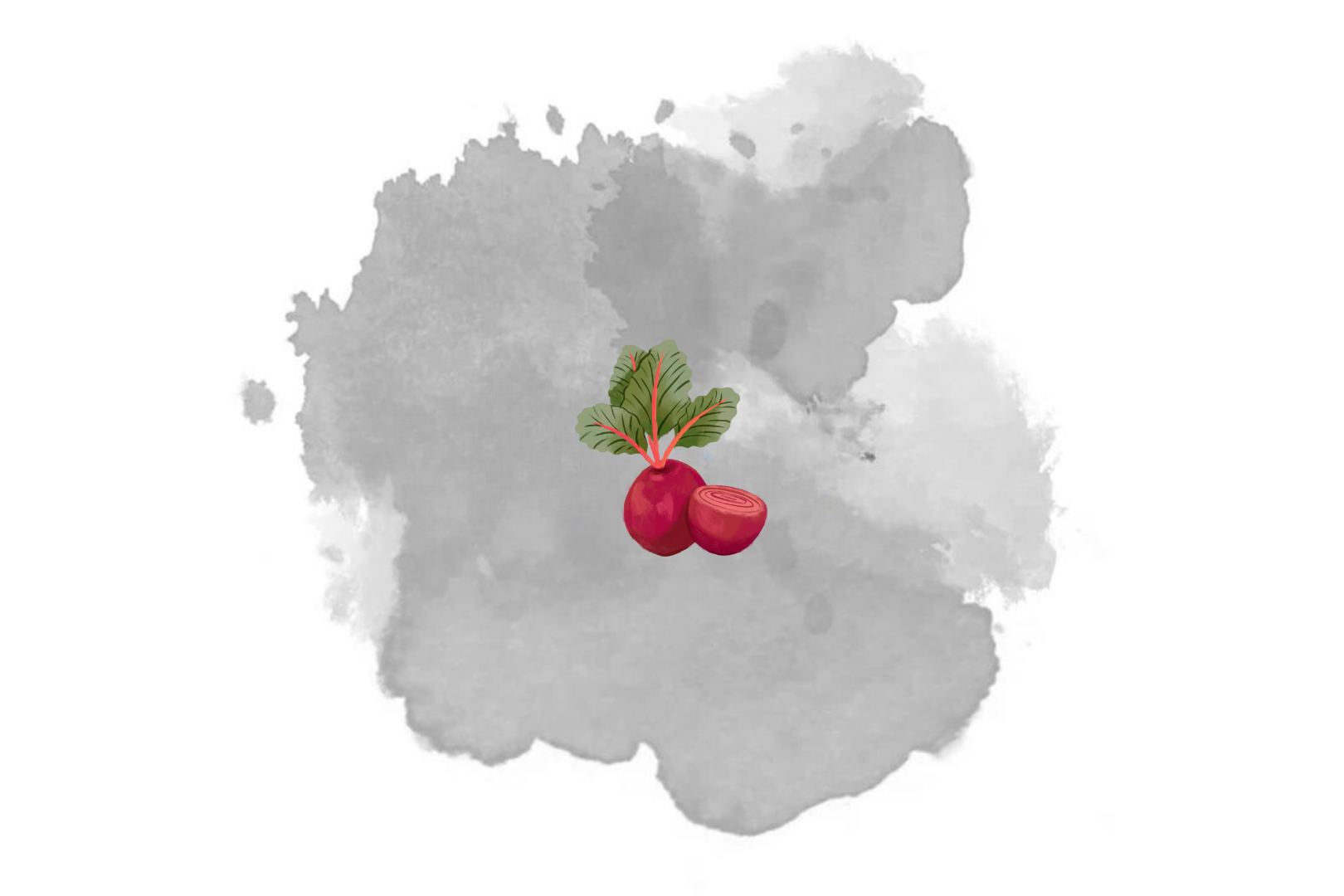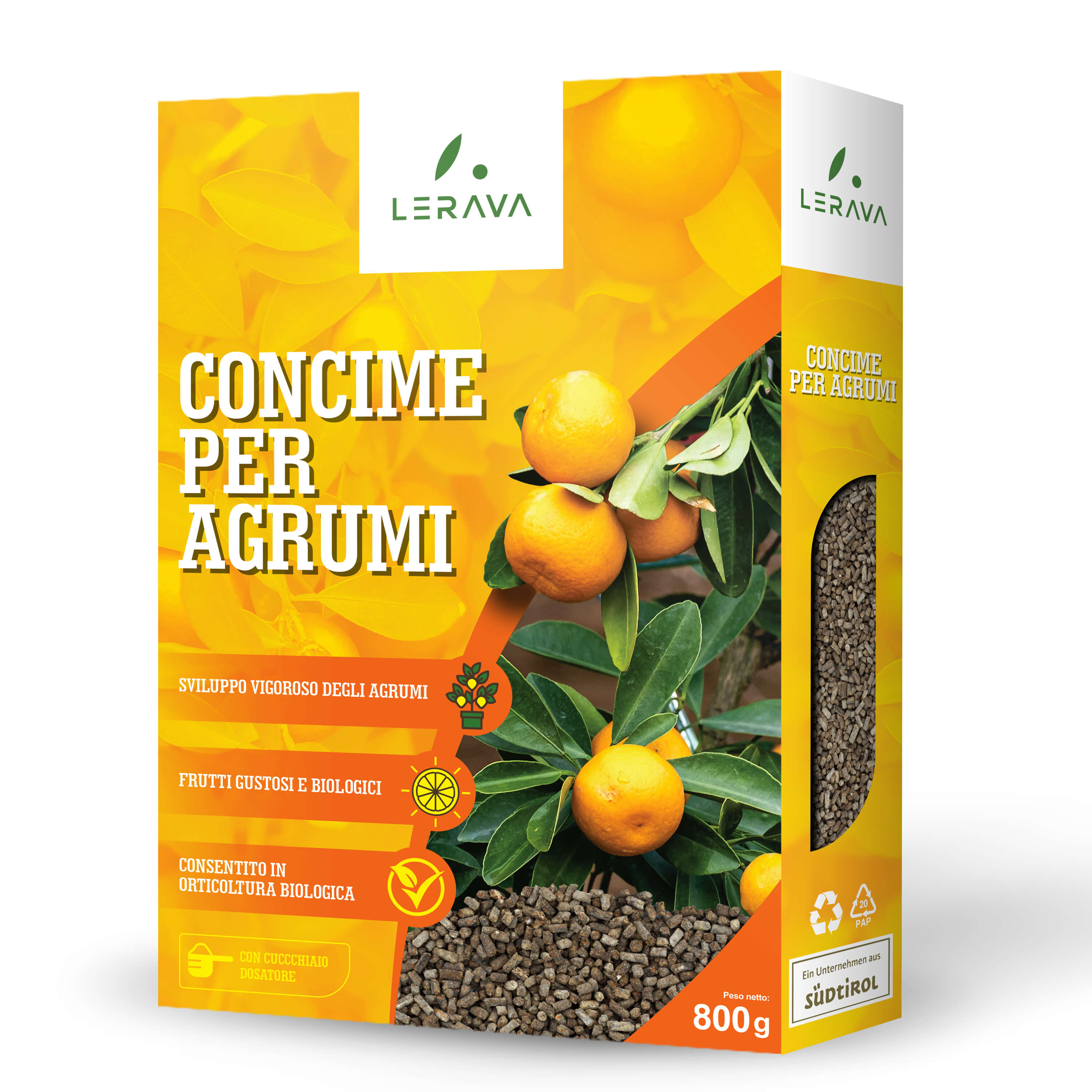Introduction
Citrus plants, such as oranges, lemons, mandarins, and grapefruits, are highly valued not only for their delicious fruits but also for their ability to add a Mediterranean touch to any garden, terrace, or balcony. However, to achieve abundant and high-quality production, it is essential to provide them with the necessary nutrients through proper fertilization. This article aims to offer a detailed guide on how to fertilize citrus plants, highlighting the characteristics that a citrus fertilizer should have, when and why to use it, and the differences between liquid and granular fertilizers, helping you choose the most suitable solution for your needs.
Characteristics of Citrus Fertilizer
The ideal fertilizer for citrus plants should contain a balanced combination of macro and micronutrients. The main macronutrients are nitrogen (N), phosphorus (P), and potassium (K), commonly referred to as NPK. Nitrogen promotes vegetative growth and leaf development, phosphorus is crucial for the formation of flowers and fruits, while potassium improves the plant's resistance to diseases and adverse environmental conditions.
In addition to macronutrients, a good citrus fertilizer should contain essential micronutrients such as iron, zinc, manganese, and magnesium. These elements are crucial to prevent nutritional deficiencies that can manifest as yellowing of leaves, poor growth, and reduced fruit production.
When and Why to Use Citrus Fertilizer
Fertilizing citrus plants should follow a precise schedule to be effective. The ideal time to start fertilizing is spring when the plant resumes its vegetative activity after the winter rest. It is advisable to continue fertilizing until autumn, reducing the frequency during the hotter summer months to avoid further stressing the plant.
Fertilizing citrus plants is essential for several reasons. Firstly, it provides the plant with the necessary nutrients for healthy and vigorous growth. Secondly, proper fertilization improves the quality of the fruits, making them sweeter and juicier. Finally, adequate nutrition helps the plant better resist pest and disease attacks, as well as unfavorable climatic conditions.
Liquid vs. Granular Fertilizer: Which to Choose?
Citrus fertilizers are mainly available in two forms: liquid and granular. Each type has its advantages and disadvantages, and the choice depends on the specific needs of the gardener and the plants.
Liquid Fertilizer: This type of fertilizer is quickly absorbed by the plant's roots, offering almost immediate results. It is ideal for potted plants as it distributes evenly in the soil during watering. However, it requires more frequent applications, generally every two weeks, as the nutrients are washed away more quickly.
Granular Fertilizer: Granular fertilizers, on the other hand, release nutrients slowly over time, ensuring constant and long-lasting nutrition. They are ideal for plants in the ground and require fewer applications, usually once a month. However, the risk is that the granules may not distribute evenly if not spread correctly.
The choice between liquid and granular fertilizer depends on several factors, including the type of cultivation (pot or ground), the frequency with which you are willing to fertilize, and the specific nutritional needs of the plants.
Conclusion
Properly fertilizing citrus plants is a fundamental step to ensure healthy and productive plants. Choosing the right fertilizer, applying it at the correct times, and deciding between the liquid and granular versions can make a difference in the quality and quantity of the fruits produced. By following the guidelines provided in this guide, you can get the most out of your citrus plants, enjoying juicy and flavorful fruits and a lush, healthy garden.

![#Taglia_1.7kg [sku-A0291] [lang-IT] [lang-EN]](http://lerava.com/cdn/shop/files/Cessione_IT.png?v=1749635507&width=2000)
![#Taglia_1.7kg [sku-A0291] [lang-IT] [lang-EN]](http://lerava.com/cdn/shop/files/Cessione_IT.png?v=1749635507&width=104)
![[lang-IT] [lang-EN]](http://lerava.com/cdn/shop/products/B09SLG7DHN.MAIN.jpg?v=1674813929&width=104)
![#Taglia_70m² [sku-VV-KMTV-QLBE] [lang-it] [lang-en]](http://lerava.com/cdn/shop/files/Primavera_IT_1.png?v=1749609539&width=104)
![#Taglia_100m² [sku-A0360] [lang-IT] [lang-EN]](http://lerava.com/cdn/shop/files/ESTATE_IT_100m.jpg?v=1751879953&width=104)
![#Taglia_70 m² [sku-A0016] [lang-it] [lang-en]](http://lerava.com/cdn/shop/files/Add_a_heading.png?v=1758461245&width=104)
![[lang-IT] [lang-EN]](http://lerava.com/cdn/shop/files/Solfato_Di_Ferro_IT_1.png?v=1749608449&width=104)
![#Taglia_30m² [sku-AVARACH] [lang-IT] [lang-EN]](http://lerava.com/cdn/shop/files/Champion_IT.png?v=1749608049&width=104)
![#Taglia_30m² [sku-A0265] [lang-IT] [lang-EN]](http://lerava.com/cdn/shop/files/Express_IT_1.png?v=1749619514&width=104)
![#Taglia_10m² [sku-A0148] [lang-IT] [lang-EN]](http://lerava.com/cdn/shop/files/1_10_IT.jpg?v=1727419569&width=104)
![#Taglia_20m² | 200g [sku-A0192] [lang-IT] [lang-En]](http://lerava.com/cdn/shop/files/1_1_193571c2-dc92-488a-b9ac-170592f0b658.jpg?v=1744210602&width=104)
![#Taglia_200g [sku-A0220] [lang-IT] [lang-EN]](http://lerava.com/cdn/shop/files/IT_Semi-Trifoglio200g.jpg?v=1756610388&width=104)






